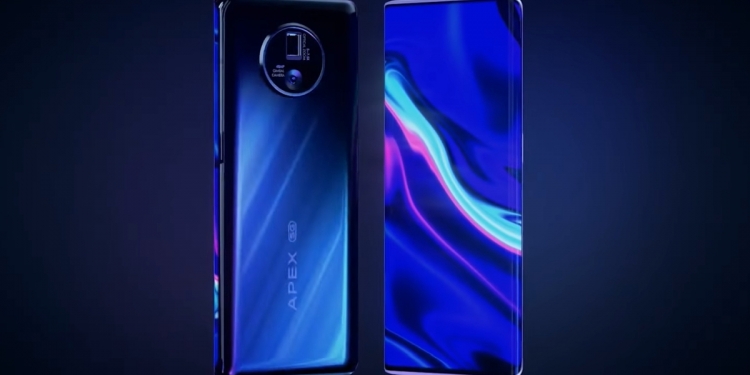You know how I love concept phones? Well, Vivo’s new Apex 2020 is one of the reasons why this hasn’t changed over the years. Sure, it’s not the flashiest concept smartphone—it’s certainly not like the Mi MIX Alpha—but what Vivo’s showing off is as cool, and maybe a lot more practical.
In essence, the company is focusing on two crucial aspects of a smartphone’s camera, and that is zooming and image stabilisation.
Next-gen camera advancements?
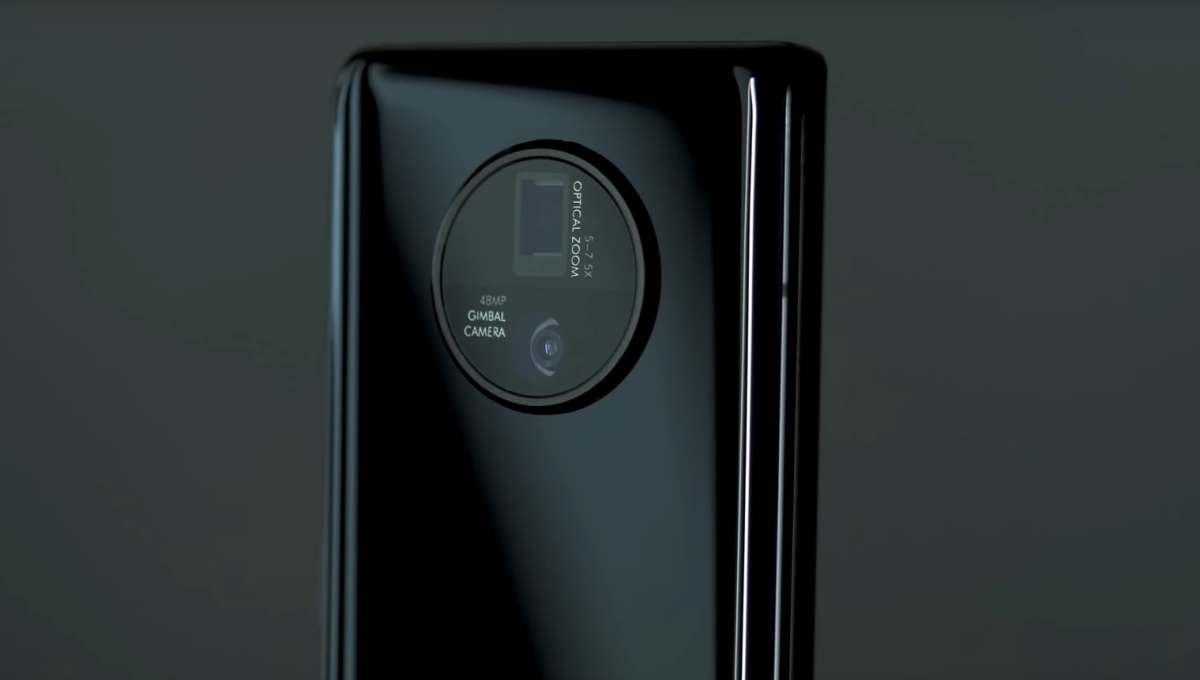
I can already hear you groaning about smartphone zooming. I know, I’ve heard enough about it already from the likes of Huawei and Samsung, but what Vivo’s doing with their new Apex 2020 is a little bit different. It looks like the company has created what I like to call actual optical zooming.
In Vivo’s words, the company has developed a camera setup that uses a “4-group lens combination” with two moving parts, enabling the camera module to achieve “5x-7.5x continuous zoom” with “real-time focus”. Now, why is this significant, you ask?
For the most part, every single smartphone in the market right now that talks about “optical zoom” is actually not using optical zooming at all. Instead, smartphones use a combination of multi-camera zooming (that’s multiple cameras with multiple lenses at different focal lengths) and digital zooming. So basically, when you zoom in on a smartphone, you’re actually just switching between lenses, but the smartphone is using its vast amounts of processing power as well as data from the other cameras to fill in the gaps between the wide lens and the telephoto lens.
Major manufacturers have gotten this to work really well and I think for the regular consumer this won’t really matter. But, for people who are interested in photography, calling this “optical zoom” has always been a little cringe-y.
That being said, with the Vivo Apex 2020, it looks like the Chinese company has finally figured out a way to properly implement something like this in a camera module that’s not the size of the moon. And they’ve done this by making use of the periscope zoom design, with a module that’s just 6.2mm thick.
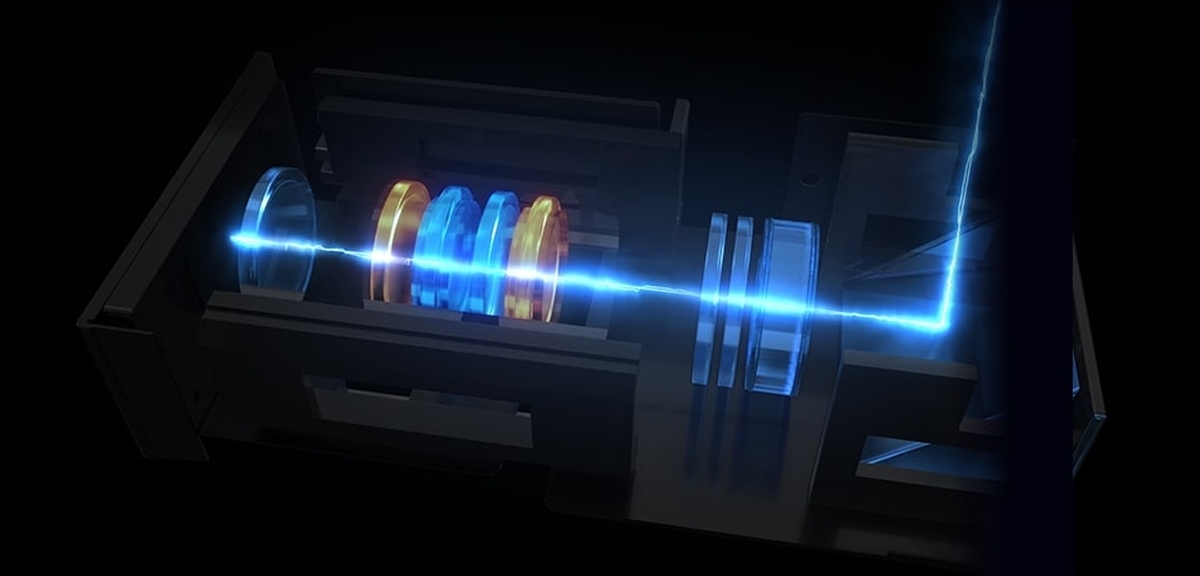
Yes, this particular design isn’t super new or anything. We’ve already seen periscope designs on Huawei and Samsung flagships, but what Vivo’s added on top of that is the “4-group lens combination”. With four groups of lens elements, two of them are stationary while the other two can move within the module much like a regular zoom lens can. This means that within that single camera, you’re actually getting proper optical zoom like you would in an actual camera’s zoom lens—and not some multi-camera-with-digital-zooming-to-fill-in-the-gaps nonsense…
…at least, that’s what Vivo makes it seem like in their product page. Whether that actually is the case remains to be seen. And whether that actually ends up making a big difference to the end consumer is even more of a question mark at this point. Theoretically, you should have more consistent (and even better) quality across the zoom range, though it’s hard to tell without actually testing it out. But it’s cool, so there’s that.
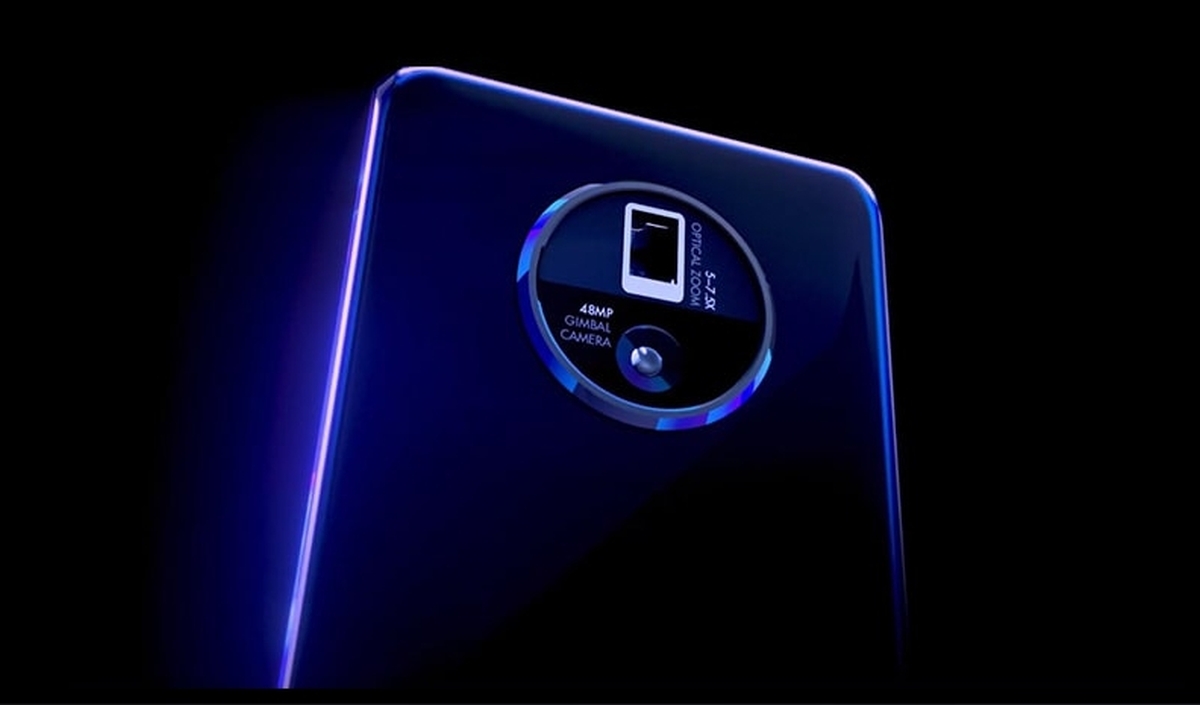
Besides this, the next groundbreaking-sounding feature is the Vivo Apex 2020’s stabilisation. According to the company, the new camera on that camera can give you gimbal-like stabilisation thanks to the new “micro gimbal-like structure”. What does this actually mean? Vivo doesn’t go into too much detail.
But, from the video the company shared on their website, it looks mighty impressive. The phone itself is shaking like it went 12 cups over the recommended amount of coffee, but the main camera module (not the periscope one) still looks like its super steady.
Apparently, with this new structure, the main camera’s “stabilisation angle is 200% extended compared to the traditional OIS system”. What that means exactly, again, I’m not entirely sure. But I do like the sound of “200% extended compared to the traditional OIS system” because that sounds like it’s 200% better than a “traditional” optical image stabilisation (OIS) system. On top of that, Vivo says that this new gimbal design can stabilise the camera in both front-back and left-right “inclined directions”, and is also good for low-light photography.
But that’s not all
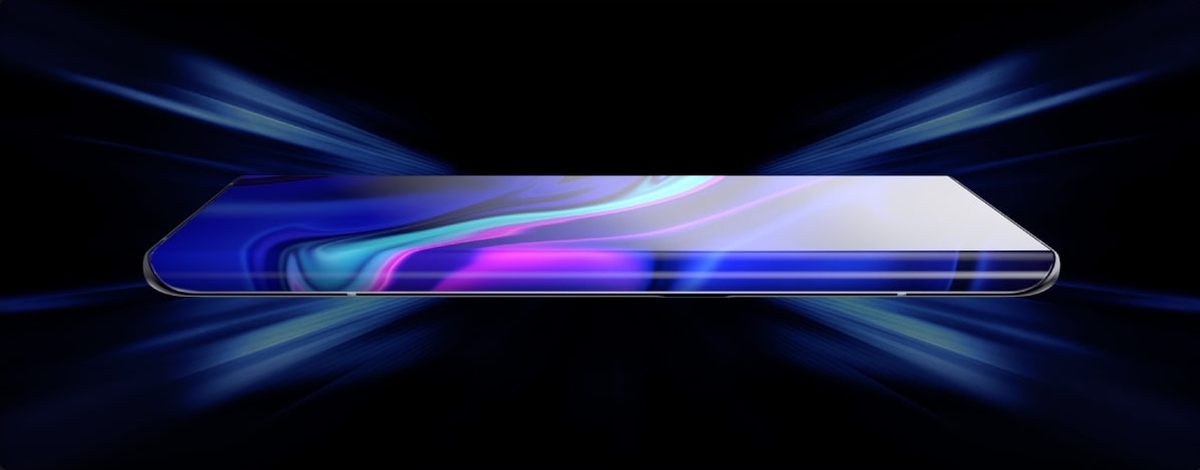
While those were the two big features that stood out to me, the Vivo Apex 2020 still has a couple of features left up its sleeve. The handset, for example, has a mad 6.45″ display that bleeds over the sides and apparently bends at an angle of up to “120 degrees”. And it also utilises a “3rd generation Screen SoundCasting Technology” so Vivo didn’t need to punch out any holes for speakers.
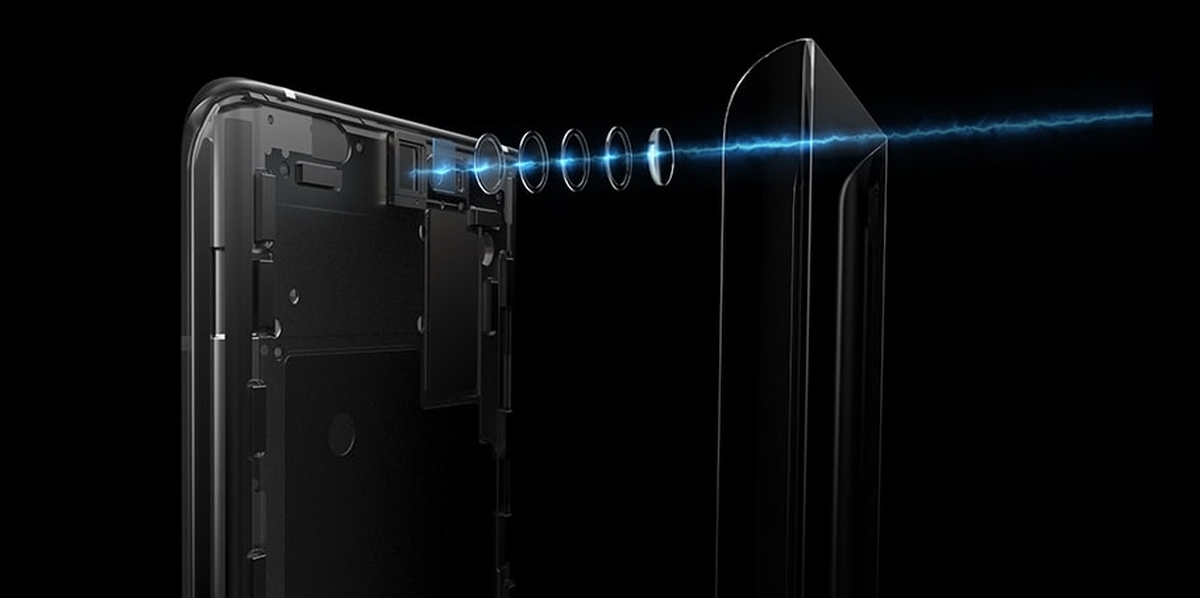
There’s also no hole for the selfie camera because it is an under-display selfie camera like the one we saw Oppo demonstrate at MWC Shanghai last year. I’m personally not convinced at the quality of a camera like this (or what it does to a phone’s screen) so I’m still on the fence for this particular piece of tech.
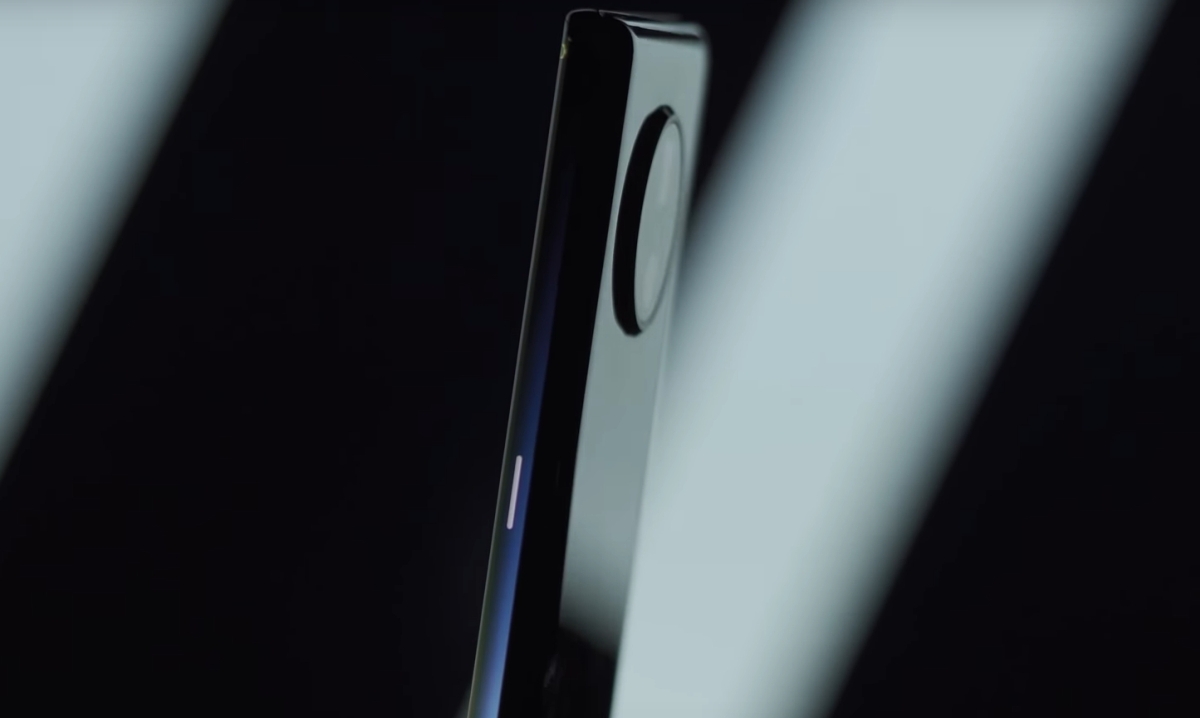
This smartphone also features a mind-boggling 60W Wireless Super FlashCharge charging technology. Apparently, this means that you can fully charge a 2,000 mAh battery—wirelessly—in just 20 minutes. That is mighty impressive, but I don’t know how valuable that particular comparison is because a phone in 2020 should NOT have a 2,000 mAh battery, and battery charging speeds are not directly applicable across capacities.
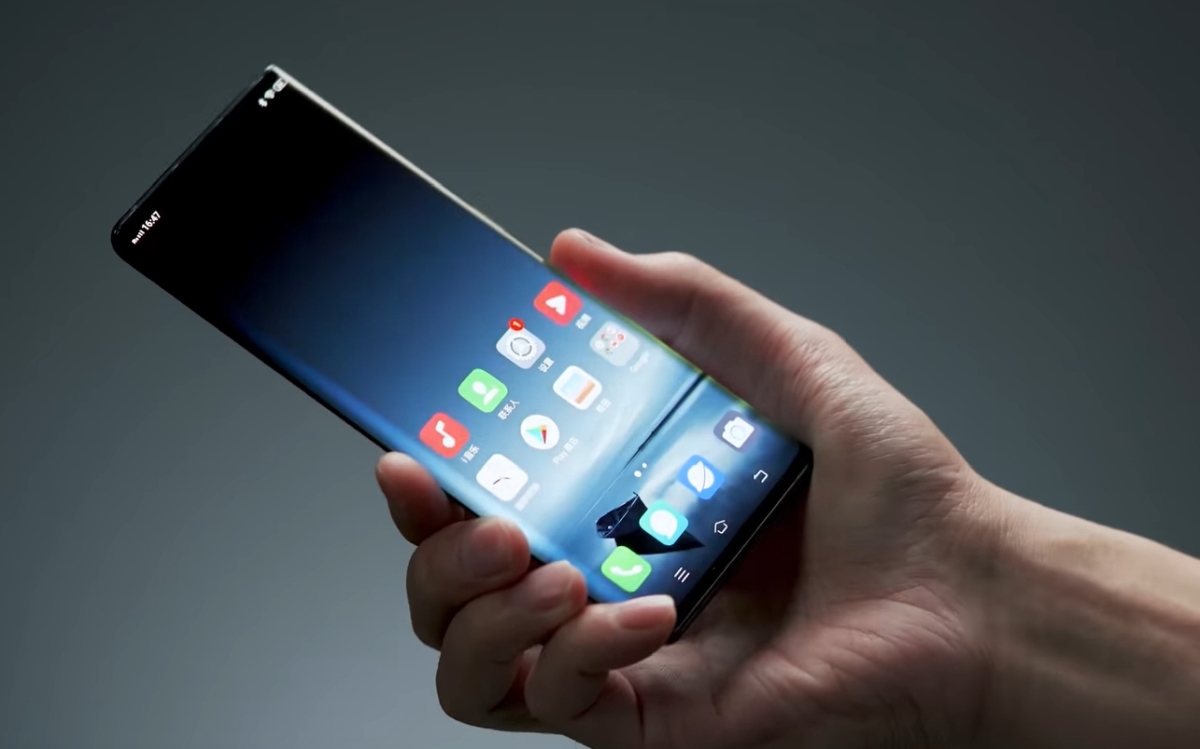
Finally, Vivo says that their brand new Apex 2020 will be able to perform some magical “real-time image segmentation and background repair synchronously” that will be able to remove “undesired passer-by” from your photo. Yes, apparently, this smartphone will be able to remove all the people in the background of your photo in real time. How? I don’t know, but my guess is magic. Expecto-no-crowdo? Amazing.
Other specs include a Snapdragon 865 processor, 12GB of RAM and 256GB of internal storage, support for WiFi 6 and a weight of 169g.
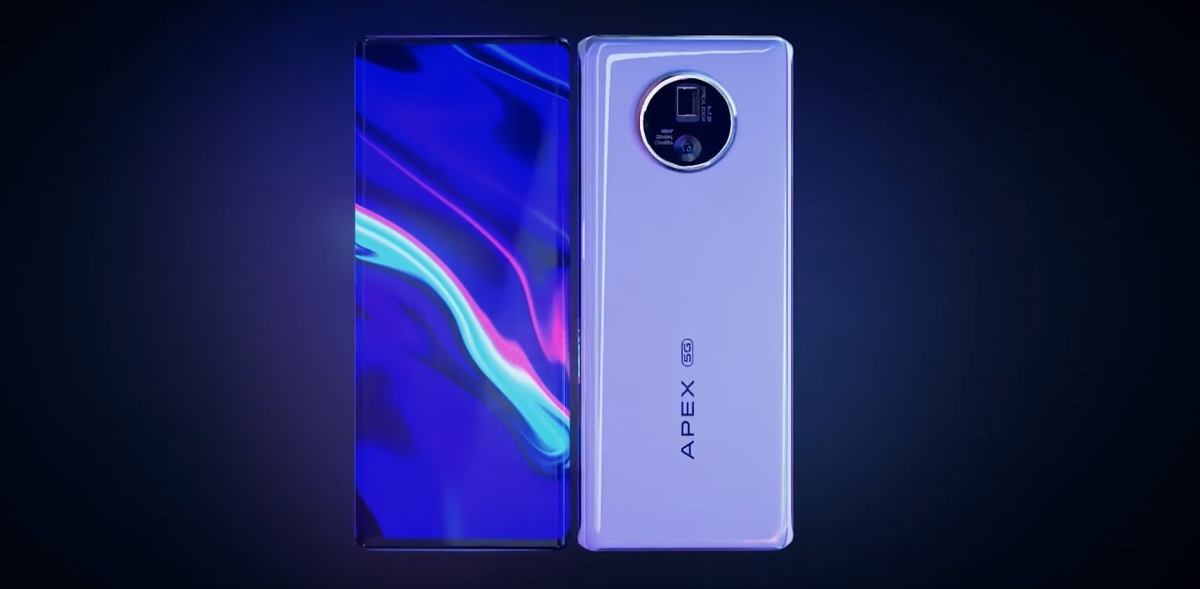
But of course, with all concept smartphones, we won’t know if or when we will ever see these newfangled features make it to consumer devices. Vivo’s last portless Apex didn’t suddenly convert all of Vivo’s smartphones into portless devices (which, I think is a good thing) so it’s hard to predict what will make it onto their consumer devices.
I am hopeful for that gimbal and zooming technology to appear on a smartphone soon because I’d really love to test it out, and anything that can take out the shakes in handheld video is something I appreciate.
What do you guys think of the Vivo Apex 2020? Let me know in the comments below. If you want to see more of this phone, you can head here.

